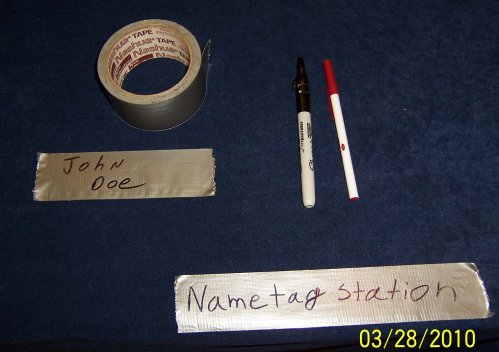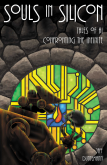Wow. I think I finally happened upon a use for Twitter. The Union Pacific railroad tweets status updates on the tour of its restored 4-8-4 steam loco, #844, as I described in my entry for October 31, 2011. I have line-of-sight from my house to the BNSF tracks on which #844 would be taken south to Pueblo yesterday, and I wanted to actually see it from my back deck. Now, it’s a long line of sight–a little over five miles, according to MapPoint–but since I’m on the slopes of Cheyenne Mountain, 600 feet higher than the tracks, I have no trouble making out BNSF’s coal trains, though it’s easier with binoculars. On quiet summer nights I can hear their horns (faintly) when they go through grade crossings. Uphill seems a favorable direction for sound. As I’ve mentioned here several times, we hear Fort Carson’s bugle calls on most quiet days.
#844 has a whistle, a real steam whistle, but not just any old steam whistle: It’s got a whistle transplanted from one of the now-extinct but inexpressibly awesome Big Boy 4-8-8-4 articulated locomotives, which seventy years ago began hauling freight up Rocky Mountain grades. None of the Big Boys are still operable, but a piece of one of them remains in service, and #844’s got it.
I wanted to see #844 from my deck, and I wanted to hear it too. The window was short, probably two minutes or less, so if I wasn’t out there at precisely the right time I would miss it. Enter Twitter: By following the UP’s status updates while I worked here on my quadcore, I was able to grab my jacket and binoculars as soon as #844 pulled out of downtown, and be there on the back deck (along with QBit; Carol was still in Chicago) when the loco went past.
QBit sat next to my chair and gnawed a Nylabone. I leaned back and did a little deep breathing and some ten-second-meditation exercises. A couple of minutes later, I felt annoyed at the sound of some damfool 18-wheeler engine-braking on Highway 115. (We hear those a lot too.) But…it wasn’t engine braking. It expanded to the deepest, thrummingest whistle I’d ever heard, and for four or five seconds it blasted, echoing among the hills and against Cheyenne Mountain itself. It wailed the way nothing on earth but a steam whistle wails, a wail that doubtless inspired ghost-train stories and infused the history of steam traction with something like mythic sadness. Steam trains sounded sad long before they were an endangered species. (The physics of that wail is simple but surprises many people when they first learn of it. You all understand it, right?)
I stood up, leaned on the railing, and looked hard. Sure enough, a comet’s tail of cylinder-vented steam crept out from behind a hill, and for two minutes and change #844 crossed my field of view. Five times the big whistle sounded, and then it passed behind another hill on Fort Carson and was gone. It’s far from certain that I will ever see it again.
Why didn’t I go down there closer to the tracks and get a better view? I’m not entirely sure myself. I can guess, though. This house was a first for us: We’re 600 feet higher than Colorado Springs itself, and we get a view from a height. The wide view off my decks is a personal metaphor for the world as a whole. I can see buildings and cars and traffic lights and water towers and the aviation beacon from Butts Field. Houses and offices and a little bit of everything are right there, and I can take it all in at one glance. Seeing #844 from my deck made it feel like steam was still part of the world I live in, and I felt it viscerally. Big steam whistles will do that.
And yeah, Twitter made it possible. As silly as I consider it sometimes, broadcast IM may well have its (occasional) uses. I wonder how many years it will be before I run across another one?












